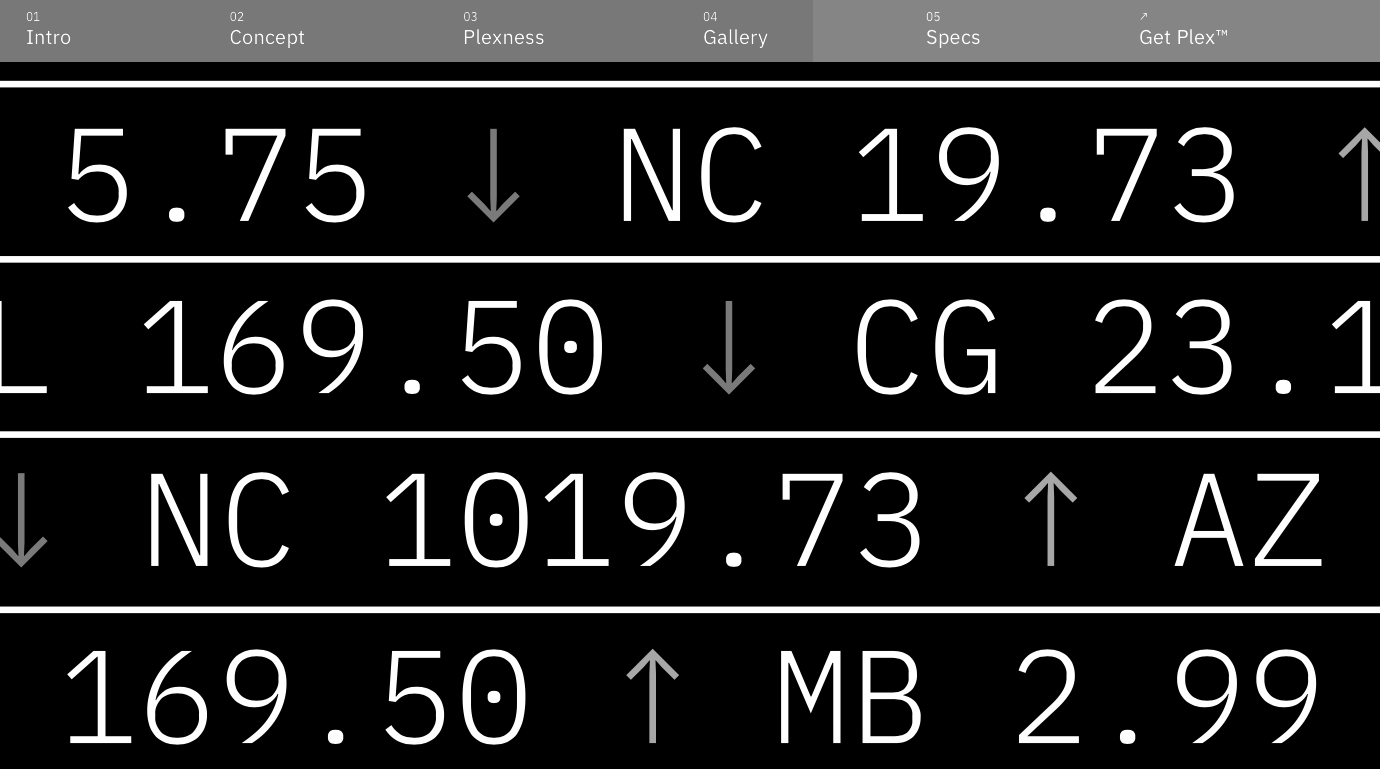Map Project Office
Last week I listened to a captivating interview with one of the design principles at Map Project Office about the agency’s recent client work spanning from quantum computers (the IBM Q System One) to bioplastic sporks (the Fortnum & Mason tritensile).
The journalist was Emily Sands. The design studio director was Richard Stevens. The podcast was Monocle On Design "Extra" produced by Monocle 24 media.
What first caught my ear was the collaborative relationship Stevens described working with IBM on the quantum computer. IBM is a technology brand and marketing organization that is near and dear to me, so I leaned in.
When I followed up with a visit to Map's website and looked at the rest of their project work, I saw SO MANY other objects of interest.
A flat fabric speaker for Yamaha.
A DIY computer kit for Kano.
A low-power bike computer for Velo. (Shown above.)
These are some of the best projects I've never heard of.
Map's ethos is "industrial design for the digital age". Here's how they explain it:
As our lives become ever more complex, ever more confusing, the products we use every day need to simplify our lives; be more useful, intuitive and beautiful.
Map is a design studio that crafts physical products for the digital age. Bridging the gap between people and technology, the real world and the virtual. From a bioplastic spork to the most advanced quantum computer.
We bring together the world’s best designers and makers, researchers and strategists; working seamlessly with our clients to find new solutions to their toughest challenges. It’s why we’re a trusted partner to start-up innovators and the world's leading companies.
Although physical-digital interplay is a big focus of their work, Stevens emphasized circularity and the growing importance of designing renewability into new products from the get-go. Side Note: Apple does this well with their Trade-In program, buying back devices from customers in exchange for off-set credits that can be used to purchase of new ones.
Last thing. The interview brought out an interesting point about how one thing leads to the next. That even the most future-forward teams do not spring-forth from nothing. Map grew out of a more traditional British design firm, Barber Osgerby, known for applying new industrial processes into the production of a range goods. Map continues this direction, but with an increased focus on next-generation products.
The work is beautiful - for IBM Q System One and the others. And it’s better seen than described, so please take a look, here:
Quantum Computer / IBM / https://mapprojectoffice.com/work/ibm-system-one
Bike Computer / Velo / https://mapprojectoffice.com/work/velo
Flat Speaker / Yamaha / https://mapprojectoffice.com/work/flat-speaker
Barber Osgerby / https://barberosgerby.com







